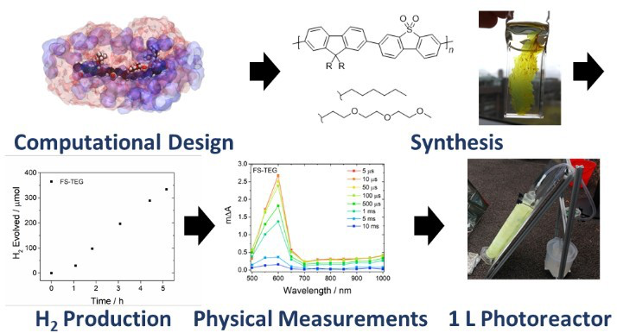CONFERENCIA
Processing polymer photocatalysts for hydrogen production from water and carbon dioxide reduction
Dr. R. Sebastian Sprick
Department of Pure and Applied Chemistry, University of Strathclyde, Glasgow
Jueves 13 de febrero de 2024
12h, Sala 338

Abstract
Climate change, driven primarily by human activities such as the burning of fossil fuels and deforestation, poses one of the most significcant challenges of our time. Thee accumulation of greenhouse gases, particularly carbon dioxide in the atmosphere has led to rising global temperatures through the additional greenhouse effeect. Thee consequences of climate change are far reaching, including melting polar ice caps, shiftiing weather patteerns, and increased frequency of extreme weather events. In response, there is an urgent need to transition towards sustainable energy sources that produce minimal greenhouse gas emissions. Harvesting sunlight with solar cells allows us to produce electricity without emissions. However, storage of electricity is challenging, in particular on large scale, e.g. to stabilise energy grids. Theus, hydrogen has emerged as a promising candidate for clean energy storage as it only emits water when used in a fuel cell making it renewable.
Direct photocatalytic hydrogen production from water has emerged as a research area of immense interest due to its technological simplicity. In water splitteing, a photocatalyst absorbs sunlight and directly converts it into hydrogen by splitteing water. Most of the studied photocatalysts are inorganic and organic materials have been far less studied as photocatalysts, with the exception of carbon nitride materials. Here, I will present our work on the application of conjugated materials as photocatalysts for hydrogen production from water. I will discuss synthetic approaches in tuning the photocatalysts properties to improve photocatalytic activity and approaches in making these systems sustainable.
